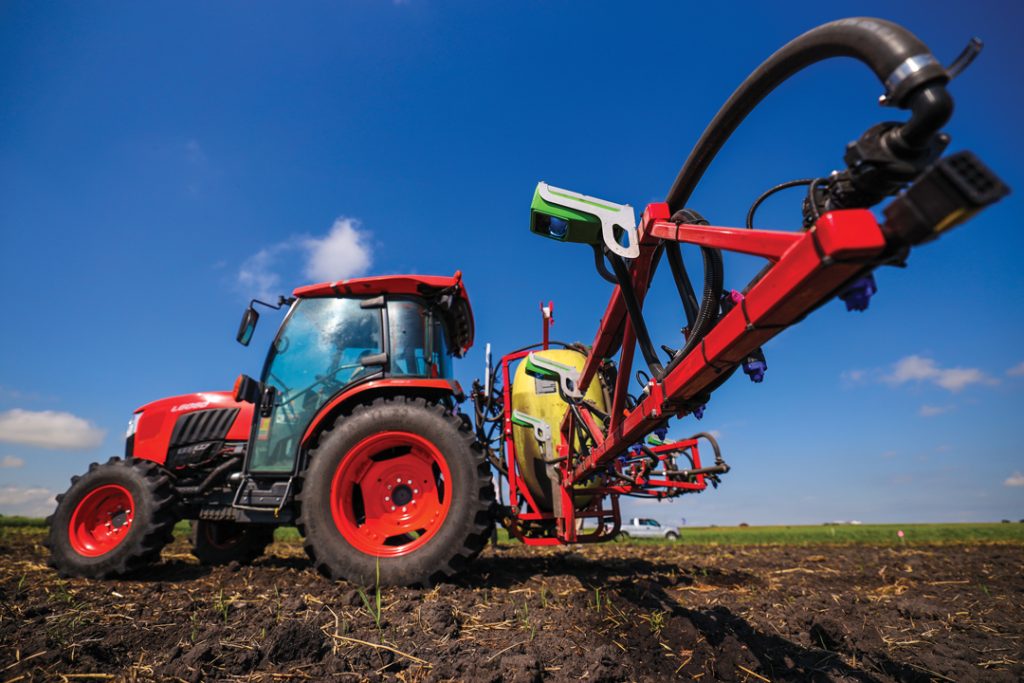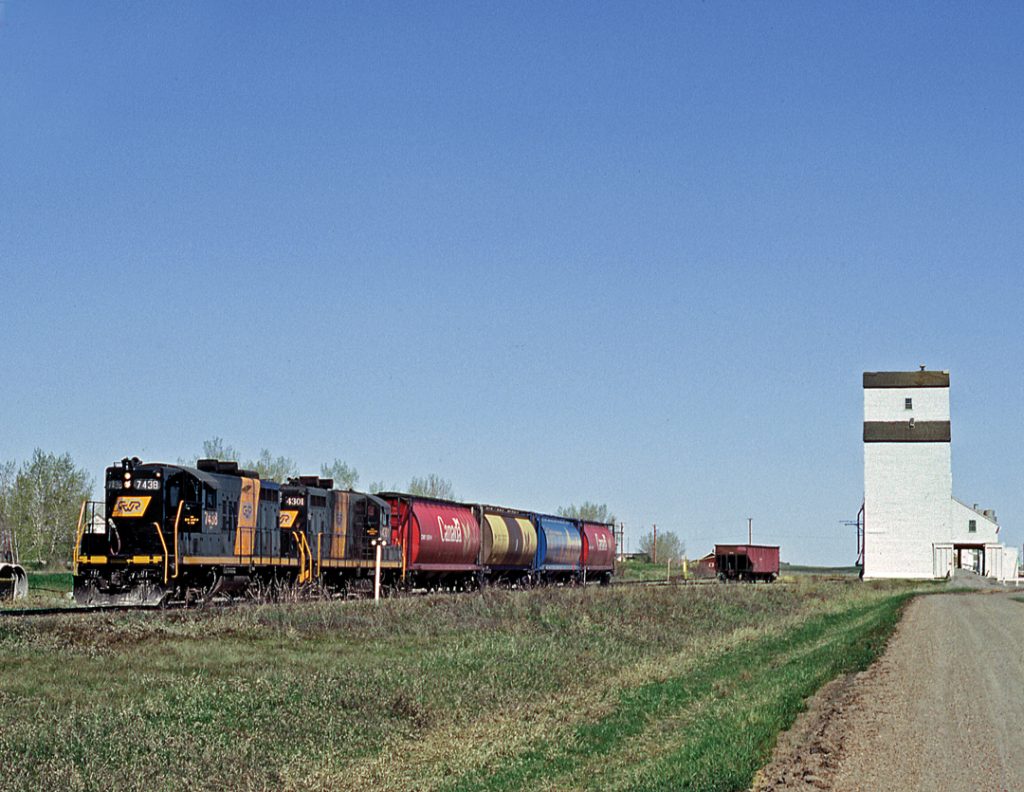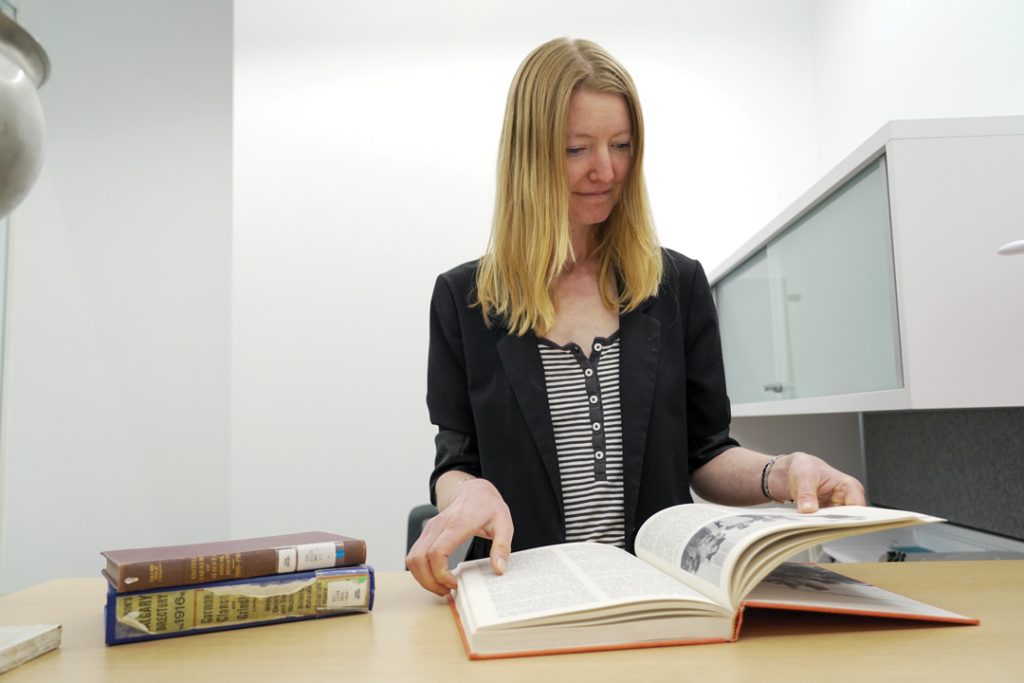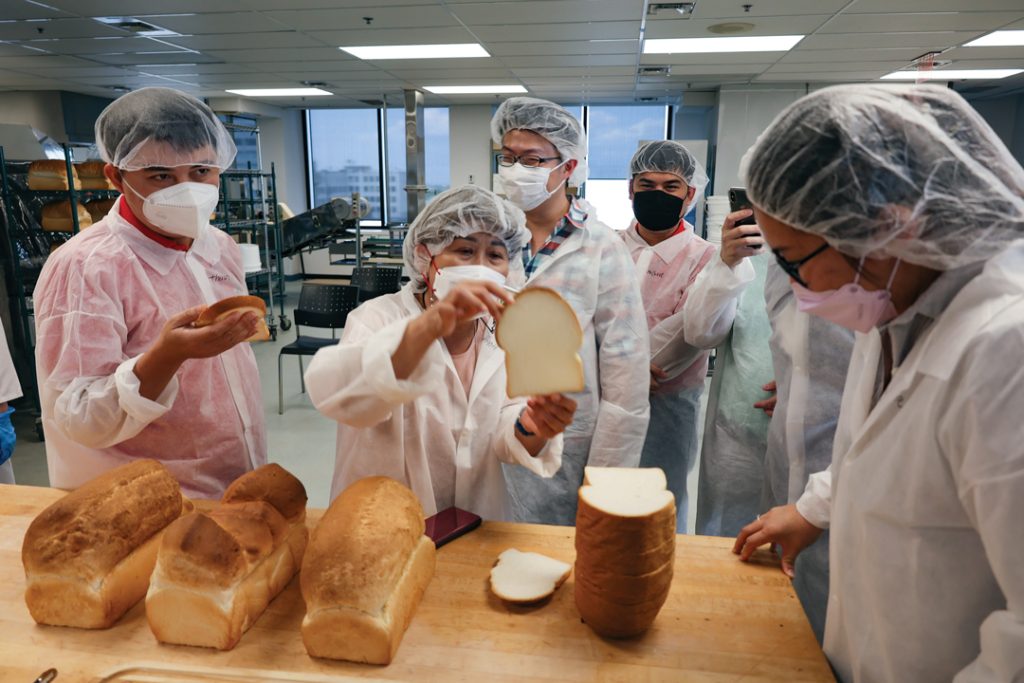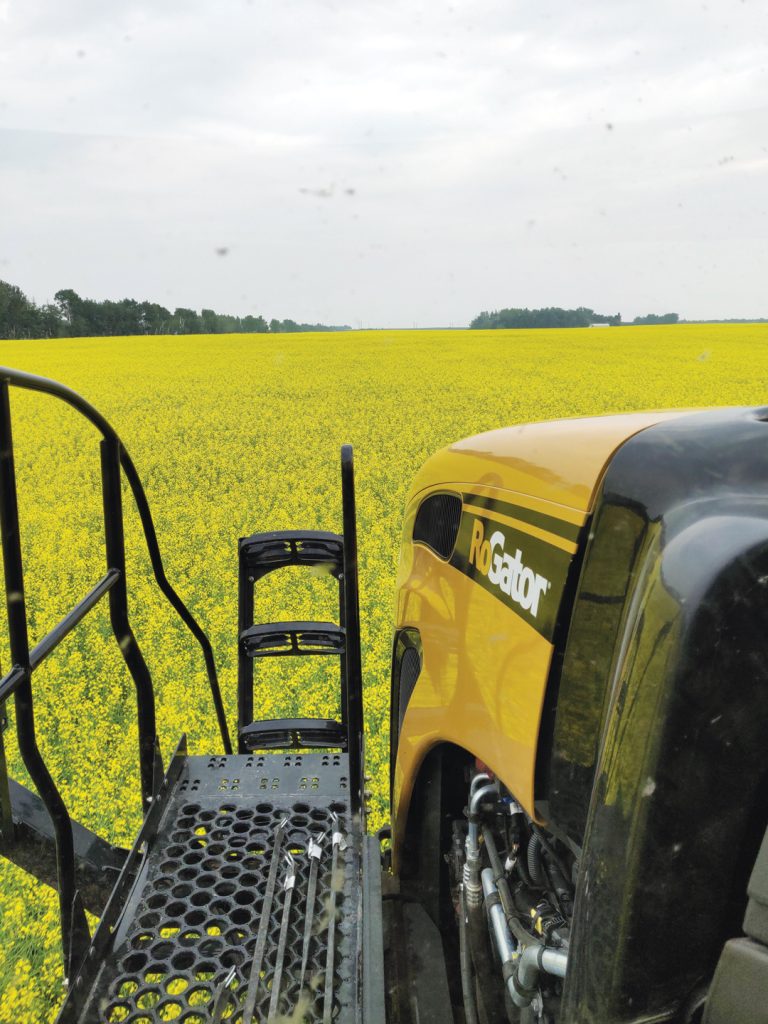In her words, Shelly McElroy is attracted to a good Alberta story like a magpie after a shiny object. As the curator of the Pioneer Acres Museum in Irricana, her focus is lesser-known stories from Alberta’s agricultural history. This past March through September, McElroy was given the position of historian-in-residence at the Calgary Public Library, and Heritage Calgary, a charitable organization whose mandate is to “identify, preserve and promote” all things to do with the city’s heritage. Splitting time with her regular job, she dived into the Glenbow Library and Archive Western Research Centre at the University of Calgary, the Calgary Public Library Collection and resources held by Heritage Calgary to uncover farm tales of yesteryear.




